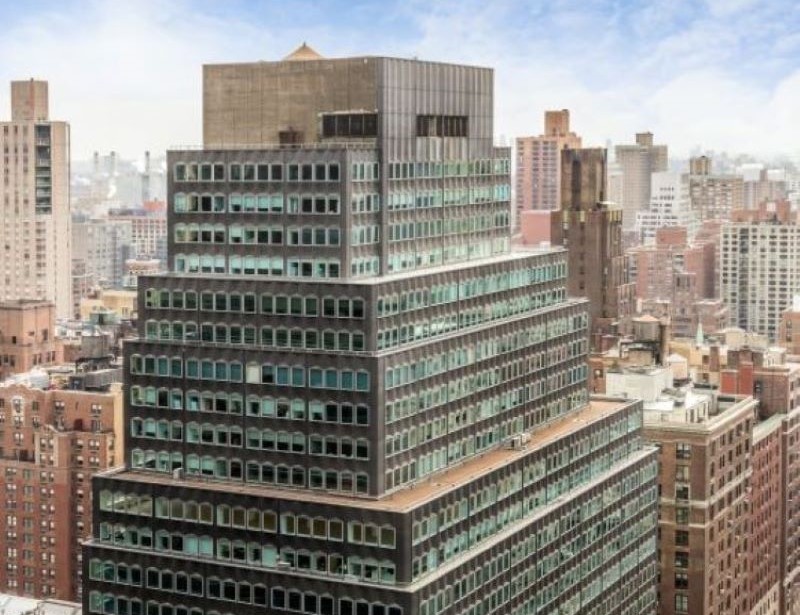CRE Investment Posts Stronger Q3: CBRE
Total sales volume rose, despite a decline in cross-border investment, according to the firm's latest U.S. Capital Markets report.
Commercial real estate investment activity remains muted, but total sales saw a 33.9 percent quarter-over-quarter increase, according to CBRE’s U.S. Capital Markets Figures Q3 2020 report. A total of $6.1 billion in transactions was completed.
READ ALSO: CMBS Delinquencies Decline As Forbearance Increases: Trepp
The change in the U.S. market mirrors that seen on the global stage, where commercial real estate investment also increased quarter-over-quarter. Despite the quarter-over-quarter increase in investment volume across all sectors in the U.S., however, year-over-year investment volume remained negative in the third quarter, declining by 60.4 percent due to continued pandemic-related logistical challenges and market uncertainty. ”
There is lots of capital waiting in the wings,” Richard Barkham, global chief economist with CBRE, told Commercial Property Executive.
In terms of property type, the hotel sector recorded the largest year-over-year decrease in total investment volume in the third quarter with a drop of 84.3 percent, while multifamily only saw a drop of 50.9 percent. The industrial sector, an investor favorite due to explosive e-commerce activity, recorded a 64.5 percent decrease from the third quarter of 2019, as a result of the fall in record-high portfolio sales seen one year ago.
“The primary focus is industrial and multifamily right now,” Barkham noted. “It’s a good time to invest in the U.S. because hedging costs are low, and rising growth next year will push the dollar back up.”
Investors without borders
Overall cross-border investment in U.S. commercial real estate went on the downswing in the third quarter, dropping 12.2 percent from the second quarter to a total of $2.6 billion. Additionally, year-over-year cross-border investment activity plummeted 70.8 percent, marking the lowest quarterly volume since the third quarter of 2010, during the Great Recession. At the sector level, hotels logged the largest year-over-year decline in foreign investment with a decrease of a whopping 94.8 percent, and industrial recorded the largest quarter-over-quarter decline, with foreign investment volume dropping 26.3 percent.
Despite the decline in cross-border numbers, the U.S. remains a top destination for foreign capital. “No one has lost confidence in the U.S., but the overall global level of property investment is down, largely because people can’t travel,” Barkham said. “Trades are picking up, but there won’t be a full recovery until travel is back, probably about the second quarter of 2021.” For the year ending in the third quarter of 2020, Canada ranked as the largest foreign capital source, having invested $9.7 billion over the yearlong period, followed by Singapore and South Korea, which invested a respective $2.9 billion and $1.8 billion. Together, the three countries accounted for 52 percent of total cross-border investment in the U.S. for the year ending in the third quarter of 2020.
Dollar signs
The pandemic-induced slowdown in property price appreciation continues. The RCA Commercial Property Price Index for all properties increased 1.4 percent year-over-year, going from 137 in the third quarter of 2019 to 139 in the third quarter of 2020, denoting the smallest increase recorded since 2010. The industrial sector led the way with a 7.4 percent year-over CPPI increase to 147, followed by multifamily with a 6.7 percent increase to 195. Quarter-over-quarter, the industrial and multifamily sectors remained at the forefront with a respective quarterly price appreciation of 1.9 percent and 1.4 percent.
The office, hotel and retail sectors all saw a year-over-year CPPI decrease. The retail CPPI logged the greatest decline annually and quarterly, with a year-over-year drop of 5.3 percent and a quarter-over-quarter drop of 2.2 percent. And while the hotel sector has suffered greatly as a result of the COVID-19 global health crisis, it is the retail sector that has experienced the greatest pricing decline since the onset of the pandemic, dropping 4.3 percent since the first quarter of 2020.
Third-quarter pricing figures, however, must be viewed in context. “Given the very limited number of transactions during the period, particularly in the hotel sector, price changes likely provide a less accurate picture of market conditions than in typical quarters,” according to the CBRE report.
Read the full report by CBRE.








You must be logged in to post a comment.